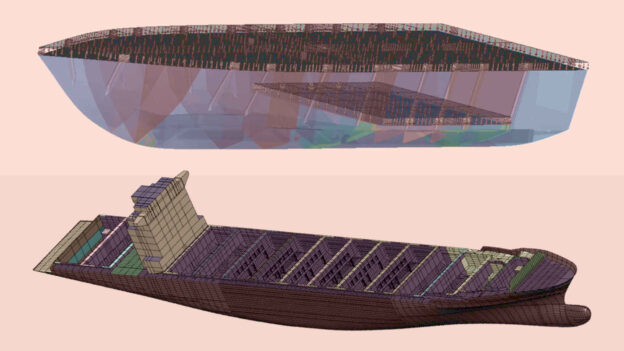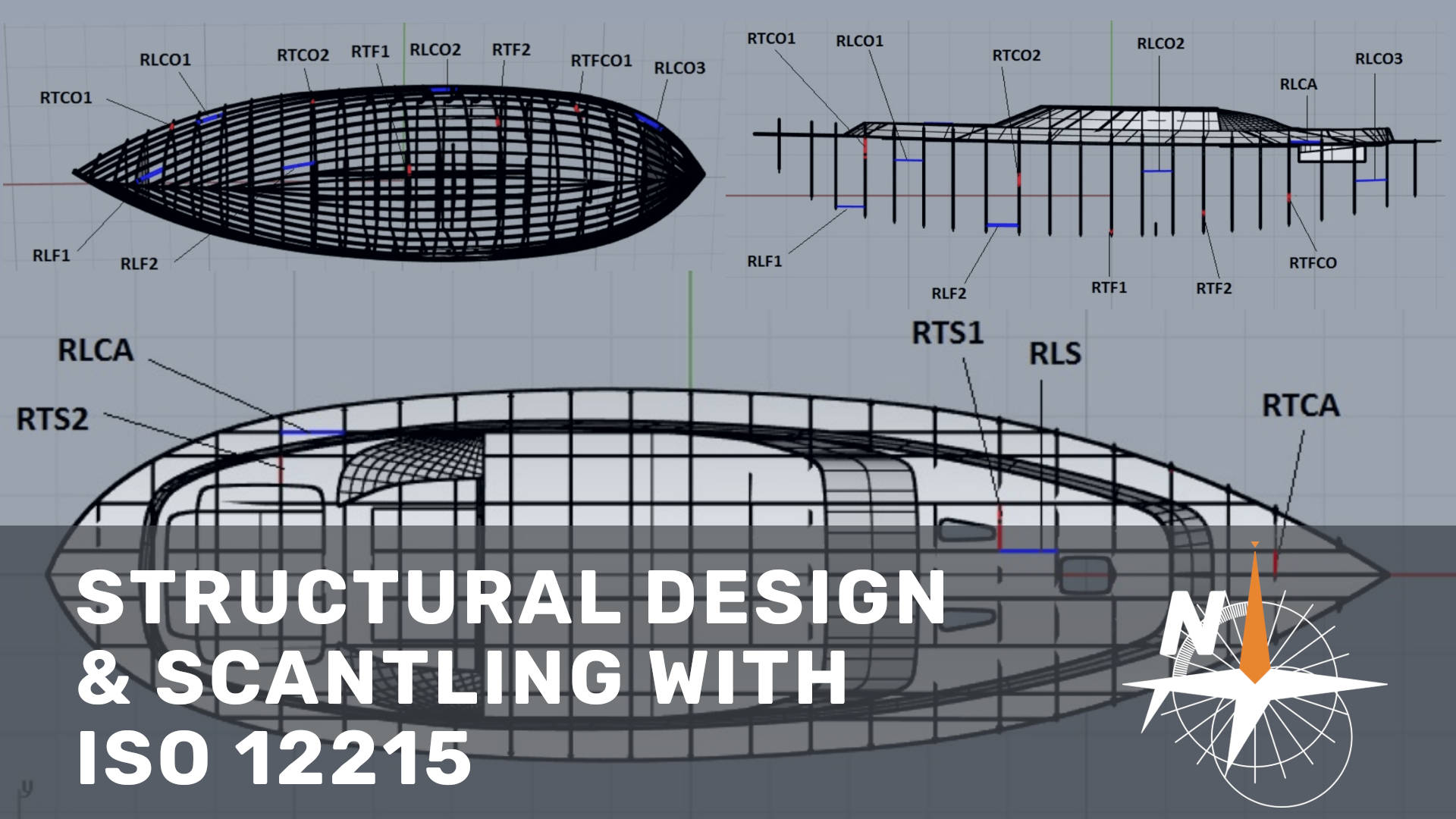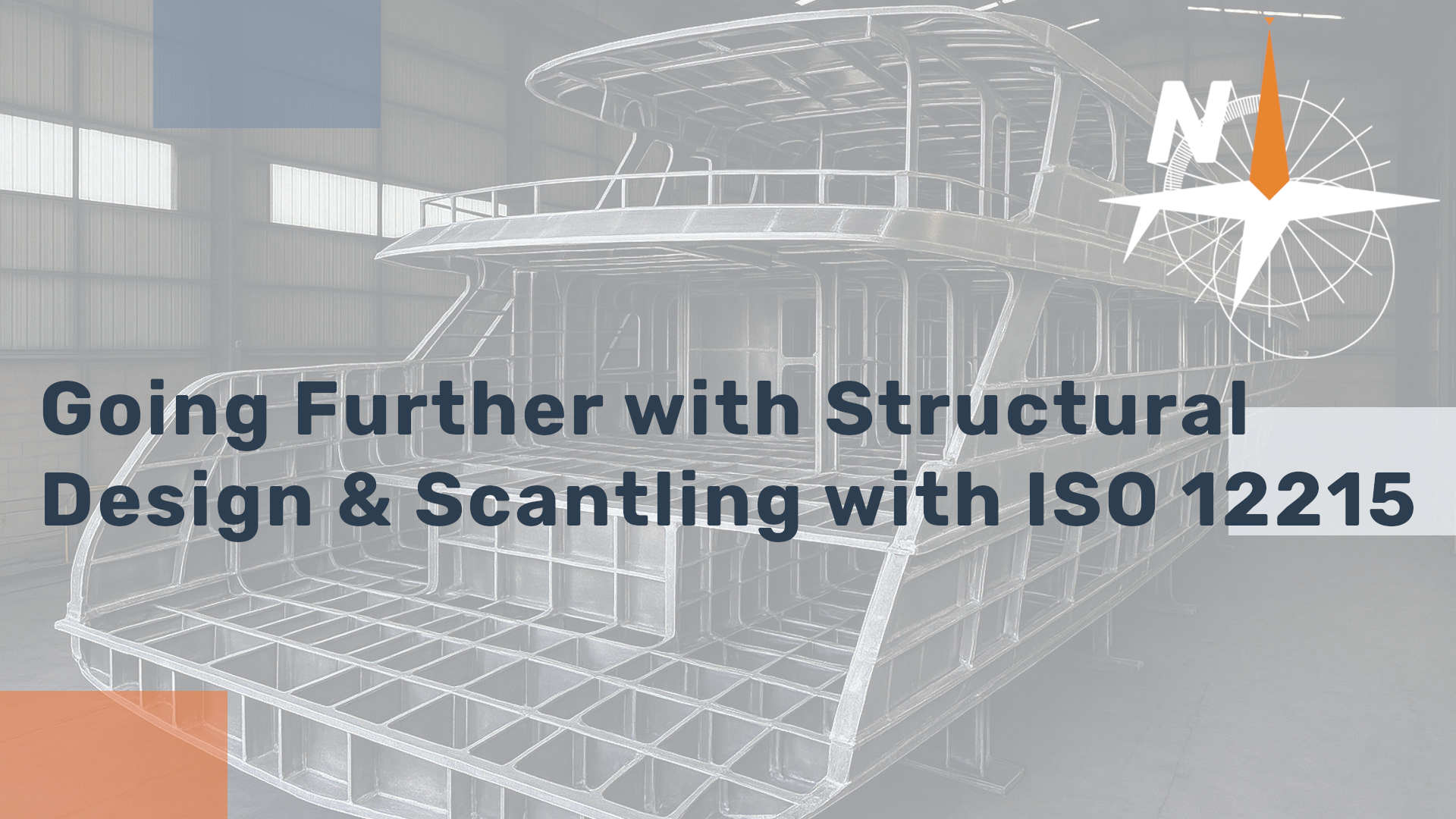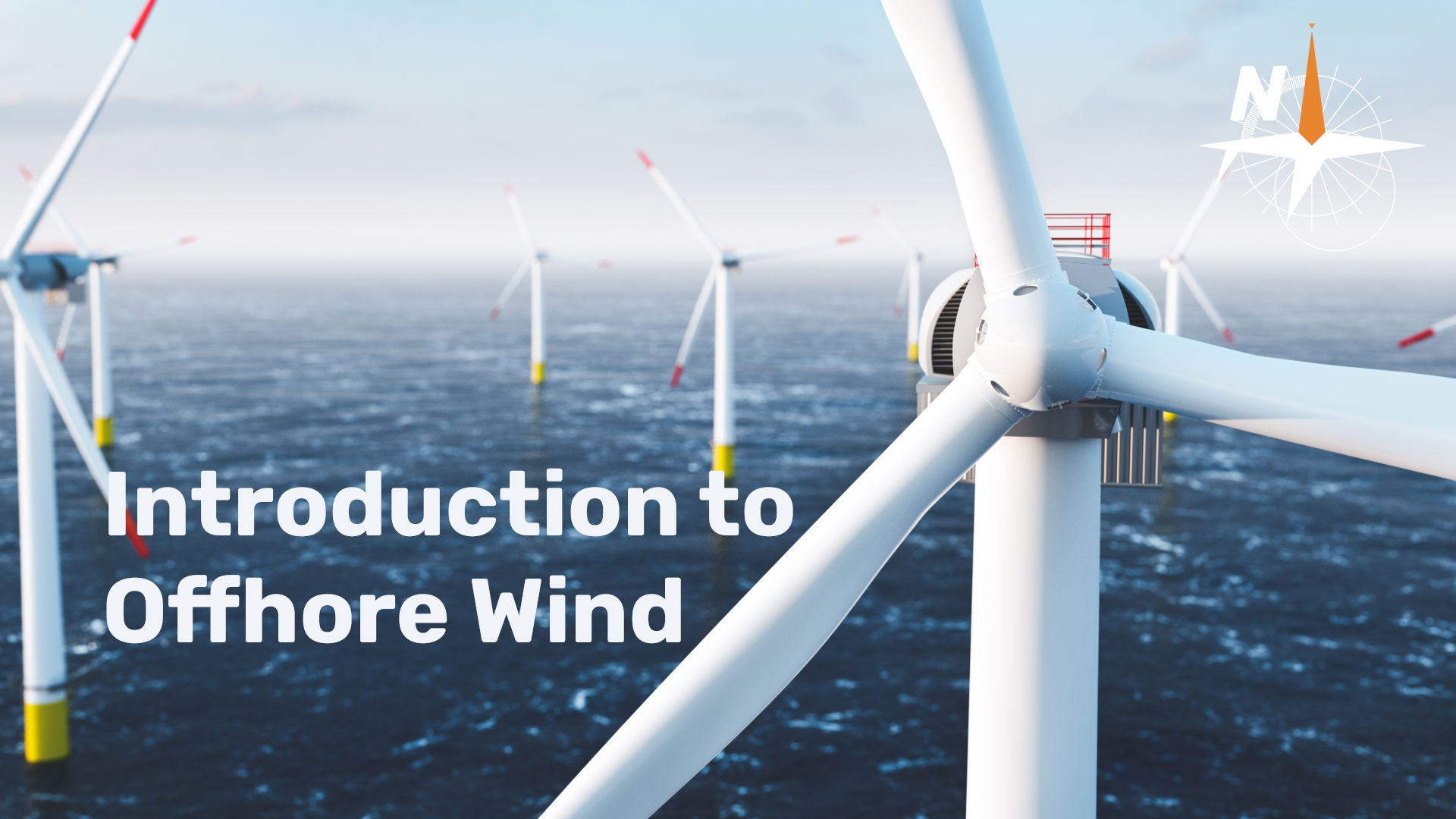Welcome!
Welcome to the Finite Element Analysis of Marine Structures course!
Over the past 15 to 20 years, finite element analysis (FEA) has become vital in many marine and engineering fields, making it an indispensable skill.
FEA uses the finite element method (FEM), which is a widely used approach for numerically solving differential equations in engineering and mathematical modeling. Areas of interest include structural analysis, heat transfer, fluid flow, mass transport, and electromagnetic potential.
In the Finite Element Method (FEM), a system is divided into smaller, simpler parts known as finite elements to solve a problem. This division is achieved through space discretization by creating a mesh. The equations representing these finite elements are then combined to form a larger equation system representing the entire problem.
The course
This course covers theoretical and practical aspects of FEA applied to Structural Analysis.
In the theoretical section, you will explore key concepts in structural analysis, including:
- Material resistance and elasticity.
- Beam models.
- Structural elements of ships.
- The fundamentals of finite elements: their origins, transfer functions, and different types of elements.
- Insights into how finite element codes operate, covering:
- Data input.
- Data processing.
- How the data finally gets to a system matrix, including boundary conditions, the materials, and the loads
- How the system gets solved.
- And how the code outputs the solution in a graphical user interface so that it can be visualized and correctly interpreted.
This foundational knowledge will provide you with the necessary background to tackle the practical lessons much more efficiently.
In the practical lessons, you will learn how to:
- Install the course software.
- Import and prepare CAD models.
- Clean and repair them so that the topology is appropriate and we can properly mesh them, assuring convergence for the analysis we want.
- Local axes.
- How to handle boundary conditions, materials, and loads.
- How to generate, assess, and refine different types of meshes and elements.
- How to calculate and post-process the results.
- Which results to look for.
- How to prepare a professional report.
This course focuses on static and linear analysis. We plan to develop a second course that is complementary to this one focusing on dynamic and nonlinear effects.
The practical part of the course uses commercial software. While this section uses this specific software, the core concepts and knowledge you acquire will be relevant and transferable to any other commercial software you use on your projects.
What will you learn?
Upon completing the course, you will have the skills to analyze and verify various types of structures, including marine structures.
More concretely, you will be able to:
- Identify and dimension the different structural elements of a ship hull and assess the relevant structural properties of the chosen materials.
- Successfully translate the physical reality of a structural problem into an FEA simulation.
- Efficiently manage the preprocessing tasks necessary for adapting structural designs for FEA. Mastering these tasks is crucial for optimizing the workflow and reducing costs.
- Understand, both theoretically and in practice, the different procedures and meshing strategies in order to provide robust results within the minimum margins of error.
- Asses the results output by FEA codes and include them in compliant professional reports.
Who should enroll?
This course is ideal for naval architects and marine engineers, but it’s also valuable for professionals in civil engineering, architecture, and anyone involved in structural analysis. In fact, although the course focuses on marine structures, students will be able to apply the knowledge acquired to any field or application.
It will also greatly benefit students, researchers, PhD candidates, as well as instructors, lecturers, and professors looking to transfer this knowledge to their students.
Software and Software License
For the practical part of the course, the instructor uses the commercial software Tdyn RamSeries developed by Compass.
In addition to the free three-month license offered to everyone by Compass, students enrolled in this Navalapp course will receive an extra six months of free access from Compass, with the possibility of an extension for those who may require additional time to complete the course. The licenses provided give access to the software’s full functionality and are granted by Compass exclusively for educational purposes.
While the practical section of this course uses this specific software, the core concepts and knowledge you acquire will be relevant and transferable to any other commercial software you may use.
Course Organization
The course is video-based and on-demand, allowing you to learn at your own pace, wherever and whenever you want.
It includes videos, quizzes, and downloadable documents and provides access to the course’s virtual private classroom, where you can interact with the instructor and other students.
Upon completing all lessons, passing the quizzes, and having your course assignment approved, you will receive the Course Certificate.
– Resources:
- Video lessons.
- English captions.
- Written materials.
- Quizzes.
- Optional Activities.
- Final Assignment.
- Virtual Private Classroom.
- Course Certificate.
– Classroom:
– Prerequisites:
- No prior knowledge of the Finite Element Method (FEM) or Finite Element Analysis (FEA) is required to take this course. However, having an engineering background will help you during the journey. Additionally, a foundational understanding of physics and mathematical concepts is assumed.
- A minimum Navalapp membership level of “Subscriber” (free membership) is required to enroll in this course.
RINA Endorsement
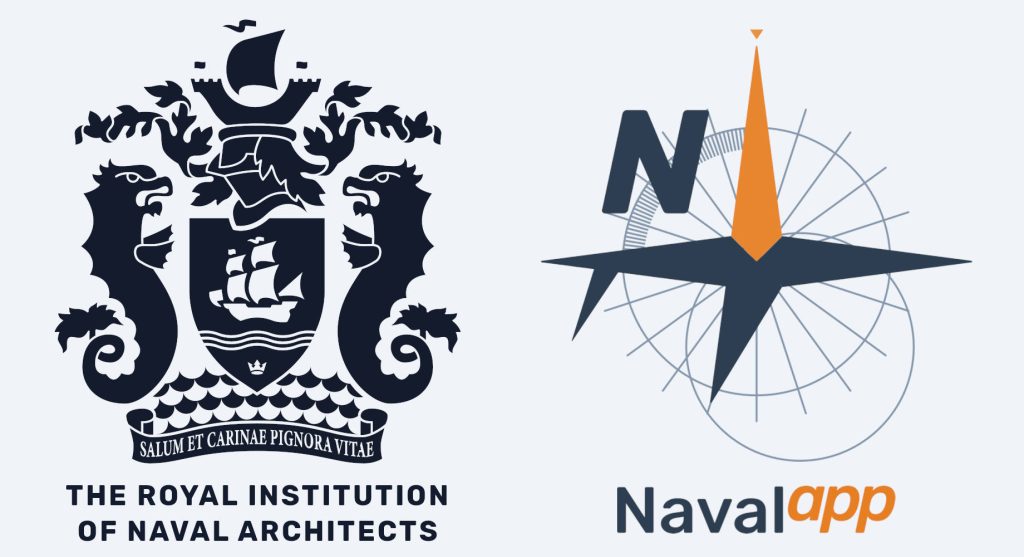
After a thorough evaluation, the Royal Institution of Naval Architects (RINA) has determined that Navalapp’s course Finite Element Analysis for Marine Structures meets the Institution’s standards for Continuing Professional Development (CPD). As a result, RINA has granted the course official recognition and issued a Certificate of Endorsement.
During the evaluation, RINA assessed various aspects of the course, including its learning objectives, content and structure, the accuracy and currency of the information, student feedback, supporting materials, the instructor’s qualifications, the methods used for student assessment, and Navalapp’s organizational standards.



